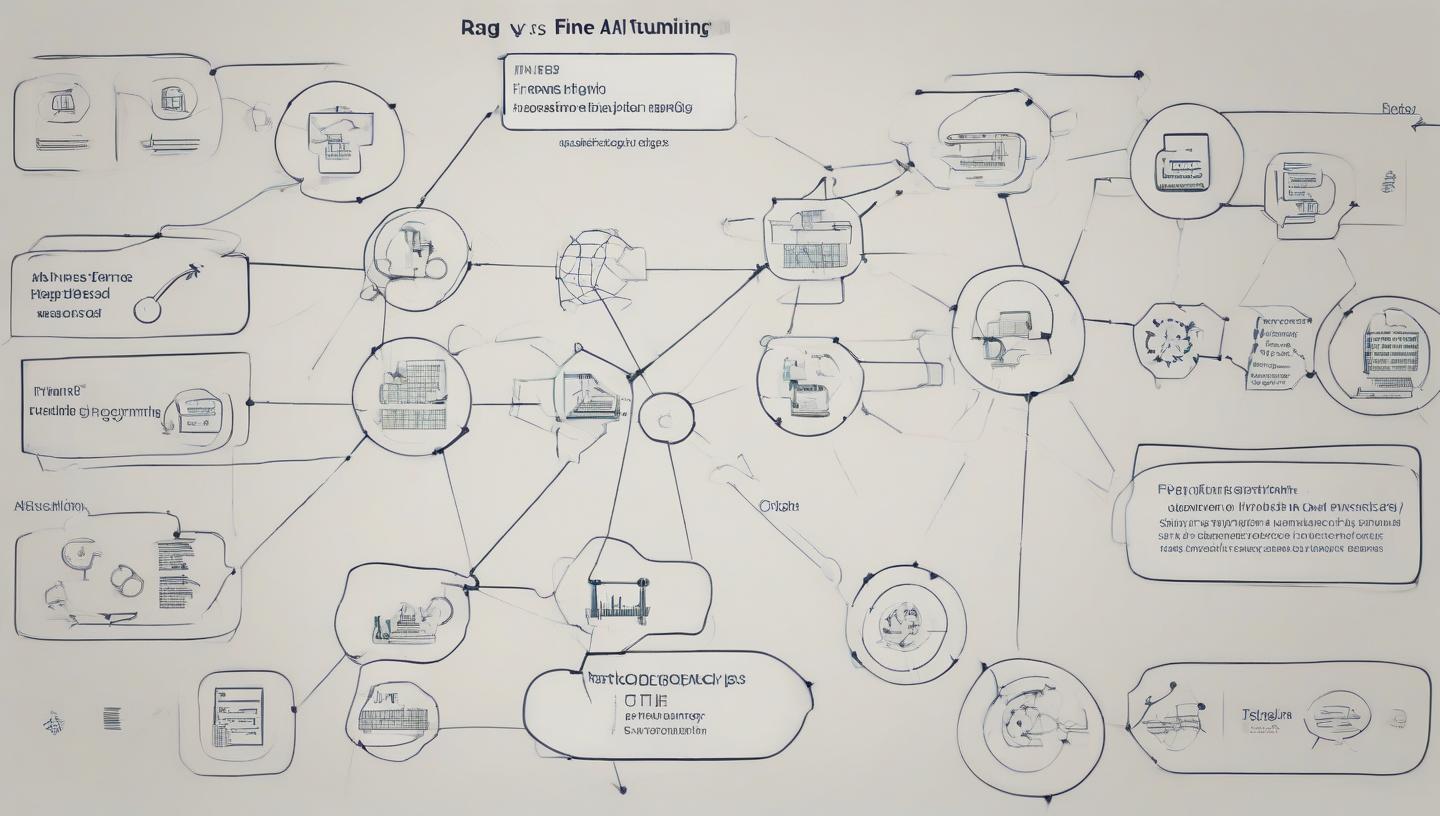RAG vs. Fine-Tuning: Picking the Right Approach for Your AI Project**

In the AI realm, the debate between Retrieval-Augmented Generation (RAG) and fine-tuning has been heating up, especially when it comes to large language models (LLMs). As a developer or researcher, understanding these methods' intricacies is key to building a solid AI project. Let's dive deep into both strategies to help you make an informed choice.
The Lowdown on RAG and Fine-Tuning
When you're integrating LLMs into your project, it's crucial to understand what sets RAG and fine-tuning apart. RAG works in two steps: first, it retrieves relevant info from a database, then it generates text based on that data. Fine-tuning, on the other hand, involves tweaking a pre-trained model's parameters to fit your project's specific needs, helping it learn from your dataset and boost its performance.
Why RAG Might Be Your Jam
- Data Retrieval Prowess: RAG's superpower is fetching relevant data, making it perfect for tasks that need up-to-date or specialized knowledge.
- Flexibility: RAG lets you switch up the knowledge base easily, so you can keep your info fresh and relevant.
- Contextual Superpowers: By pulling in external knowledge, RAG can serve up more accurate and insightful responses, especially in fast-changing fields.
The Fine-Tuning Facts
Fine-tuning is a popular way to adapt pre-trained LLMs to specific tasks. It involves training the model on your dataset to improve its performance. But it's not without its downsides, like the risk of overfitting, especially with small datasets.
The Upsides:
- Task-Specific Boost: Fine-tuning can seriously enhance your model's performance on the target task.
- Efficiency: It's often less resource-intensive than training a model from scratch.
The Downsides:
- Overfitting Nightmares: Your model might become too specialized in the training data and struggle with new, unseen data.
- Dataset Demands: Fine-tuning needs a hefty, high-quality dataset relevant to your task.
So, RAG or Fine-Tuning? Here's How to Decide
Picking between RAG and fine-tuning depends on several factors:
- Project Needs: If your project involves external knowledge or generating text from specific, retrievable info, RAG might be your best bet. But if you need a model that's closely tailored to your training data, fine-tuning could be the way to go.
- Dataset Situation: The availability and quality of your dataset can sway your decision. Fine-tuning needs a large, relevant dataset, while RAG can be more flexible.
- Resource Availability: Consider your computational resources. RAG's two-step process might demand more, while fine-tuning can be more efficient.
Let me tell you a story. I once worked on a project that needed to generate medical reports. We started with fine-tuning, but our dataset was small, and the model kept overfitting. Switching to RAG was a game-changer. We could pull in the latest medical research, and the reports were more accurate and up-to-date. But remember, every project is unique, so weigh your options carefully. Good luck!

- Music
- Travel
- Technology
- AI
- Business
- Wellness
- Theater
- Sports
- Shopping
- Religion
- Party
- Other
- Networking
- Art
- Literature
- Home
- Health
- Gardening
- Games
- Food
- Fitness
- Film
- Drinks
- Dance
- Crafts
- Causes
